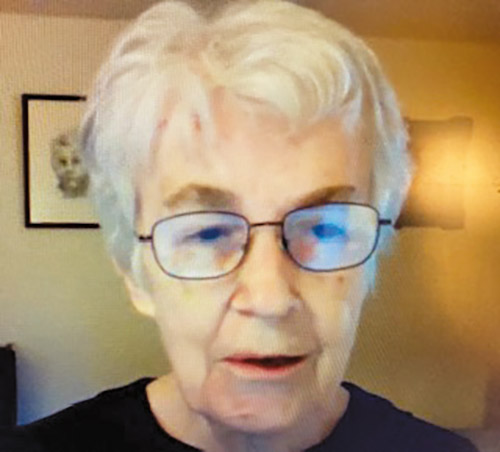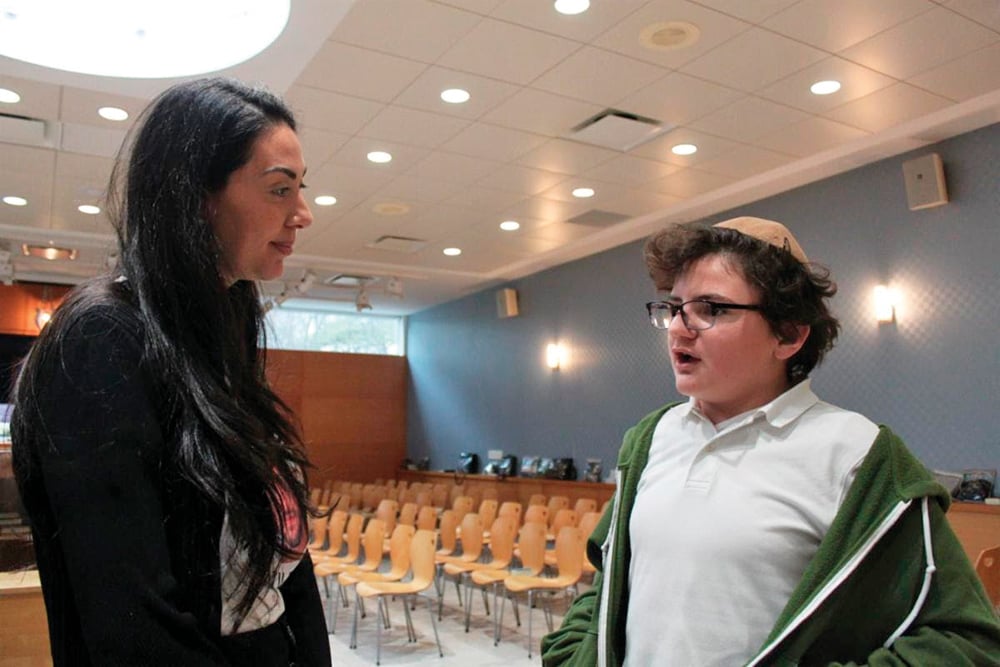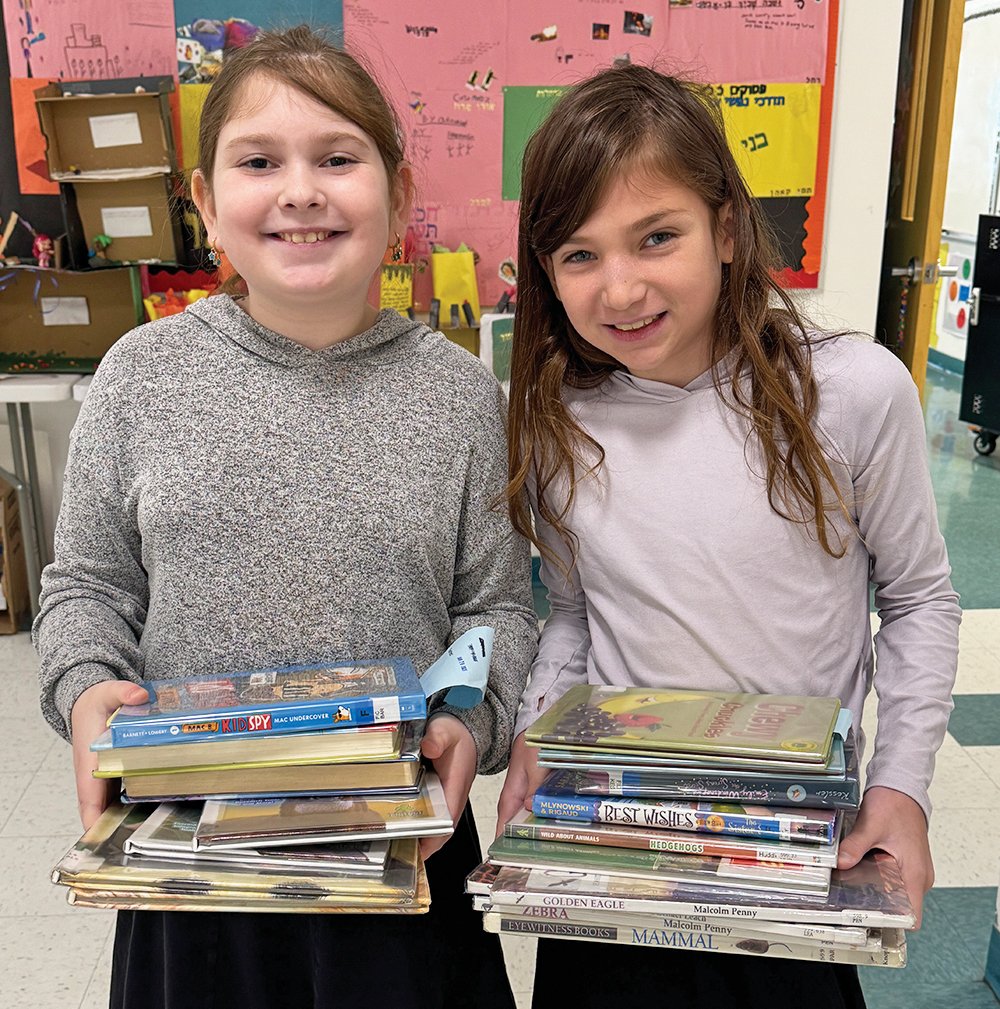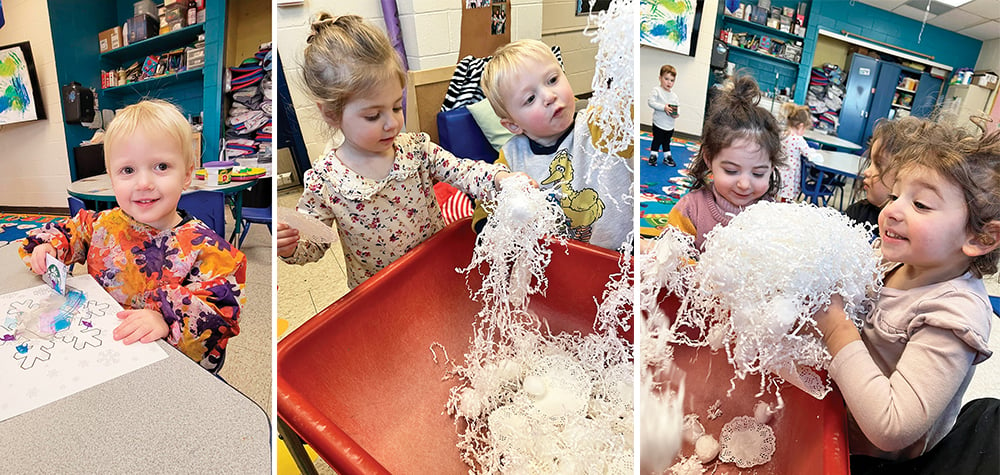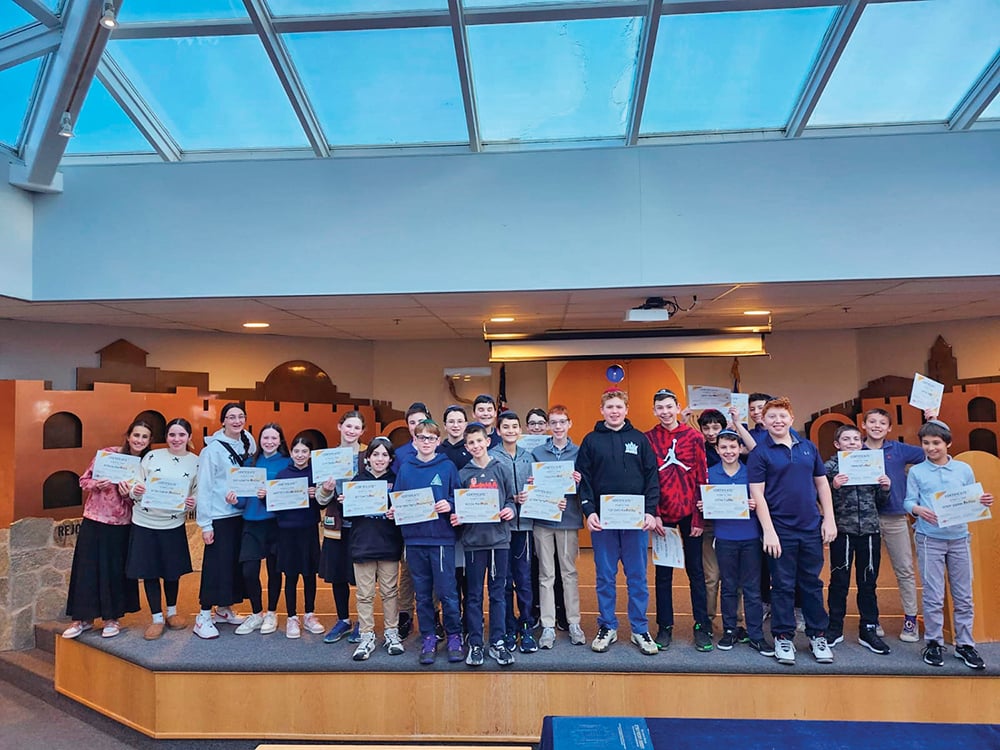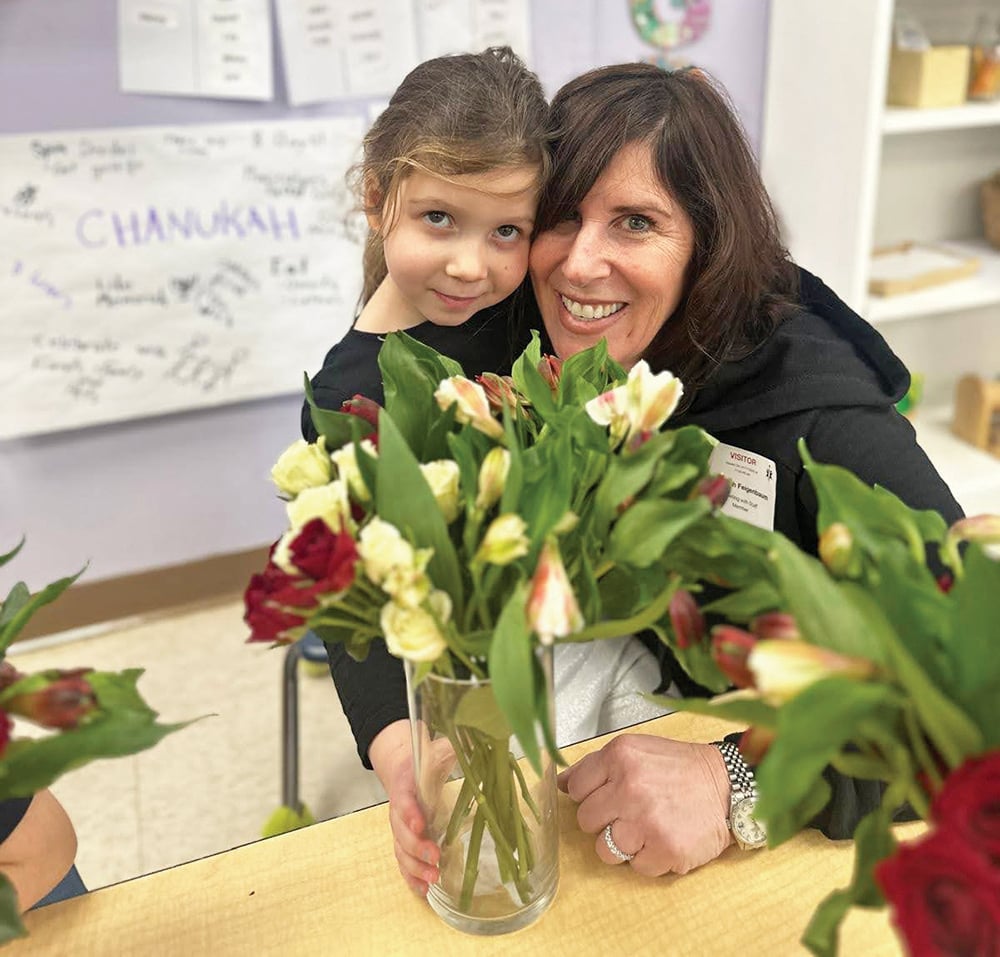



On the eve of Yom HaShoah, the Jewish Federation of Greater MetroWest, in conjunction with the Kean University Holocaust Resource Center, presented the 2022 Holocaust Remembrance program in two successive Zoom presentations. The first was a tour of Anne Frank’s hiding place. The second presentation began with the traditional Holocaust remembrance ceremony, including a candle lighting by Holocaust survivors, then continued with a conversation between survivor Maude Dahme and the daughter of one of her savior families, Ingrid Steppic.
Ingrid’s father was part of the Dutch underground resistance that placed and protected Jewish families and children. He was eventually arrested, incarcerated, and moved between Dachau and a camp for Dutch prisoners in France and back to Dachau, where he was liberated by American soldiers, but gravely ill and near death. Miraculously, he recovered and survived the war.
Maude related that her father had kept a list of all of the saviors who helped them.
Ingrid said that her family had kept a list of all those they hid and placed in other safe homes, primarily poor farmers in remote areas. “My father had a list of ‘ex-hiders’ who later joined to gift him with a trip to Israel for his 65th birthday. Among them were Maude’s parents. Maude’s name was on that list as well, although I had never met her.” Ingrid discovered that Maude’s parents had moved to New Jersey, and that’s how she found Maude.
Both women are from the same town in the Netherlands, and described their experiences as the Germans invaded, and how the queen disappeared, leaving the Dutch government in exile.
Maude was 4 years old in 1940 and recounted how even though Holland declared neutrality, their town of Amersfoort was invaded by the Nazis, and life changed dramatically.
A well-organized underground had already been established so that when orders came for Jews to report to the train station, they already knew not to go, but had very little time to make decisions about how and where to go into hiding. Ingrid described how her father and the underground were ahead of the Nazis and had already identified families and locations where people had committed to protect and hide Jews.
Maude described her parents packing suitcases and telling her and her younger sister that they were going for a two-week vacation to the country. “We were dropped off, greeted nicely, wished a good time, and then they put us to bed. But at two in the morning, we were awakened and had to walk through the woods in the dark to the next town where we wouldn’t be recognized at the train station there.” From there they traveled to a remote farm owned by an older couple with no children and ‘became nieces.’
Two weeks became three years, and over time the sisters moved between other locations when the resistance overheard that someone suspected there were people being hidden. Eventually they returned to the farm, and were reunited with their parents. But it took two months before Maude felt she could trust them, and only agreed to go with them on the condition that if they didn’t like their parents, they could return to “Auntie’s farm.”
Both women described the Hunger Winter of 1944-1945 in the Netherlands under Nazi occupation. Food was scarce for non-Jew and Jew alike, such that all of the Jews were being hidden. In order to feed the 14 people residing in their home (half of them in hiding) Ingrid said: “My mother disguised herself as a nurse and went to other towns to find food. Sometimes the underground was able to get extra ration cards.” But in redeeming them for food they had to avoid raising suspicion by not purchasing in large volume or frequenting the same vendors. She further noted an incident when the water meter reader came to their door and asked why their water consumption had doubled in the last month. After that, they had to reduce how they washed and used water so as to not be suspected of harboring hidden Jews.
Maude described the dire conditions of returning to Amersfoort after the war, and found that their home had been damaged by the bombing, and that the Germans had taken everything—even the firewood. They had to find somewhere else to live.
In her closing remarks, Maude told how she was reconnected with Ingrid through Yad Vashem, who alerted her that someone was looking for her. It turned out to be Ingrid’s sister. Ingrid researched Maude’s name during her work as a docent in a Holocaust Museum, but only succeeded in connecting when she contacted the Holocaust Education Center of JFGMW. Now they have become friends, having lived separate but somewhat parallel lives during the war, and continue to share their stories with each other and with us.
By Ellie Wolf


